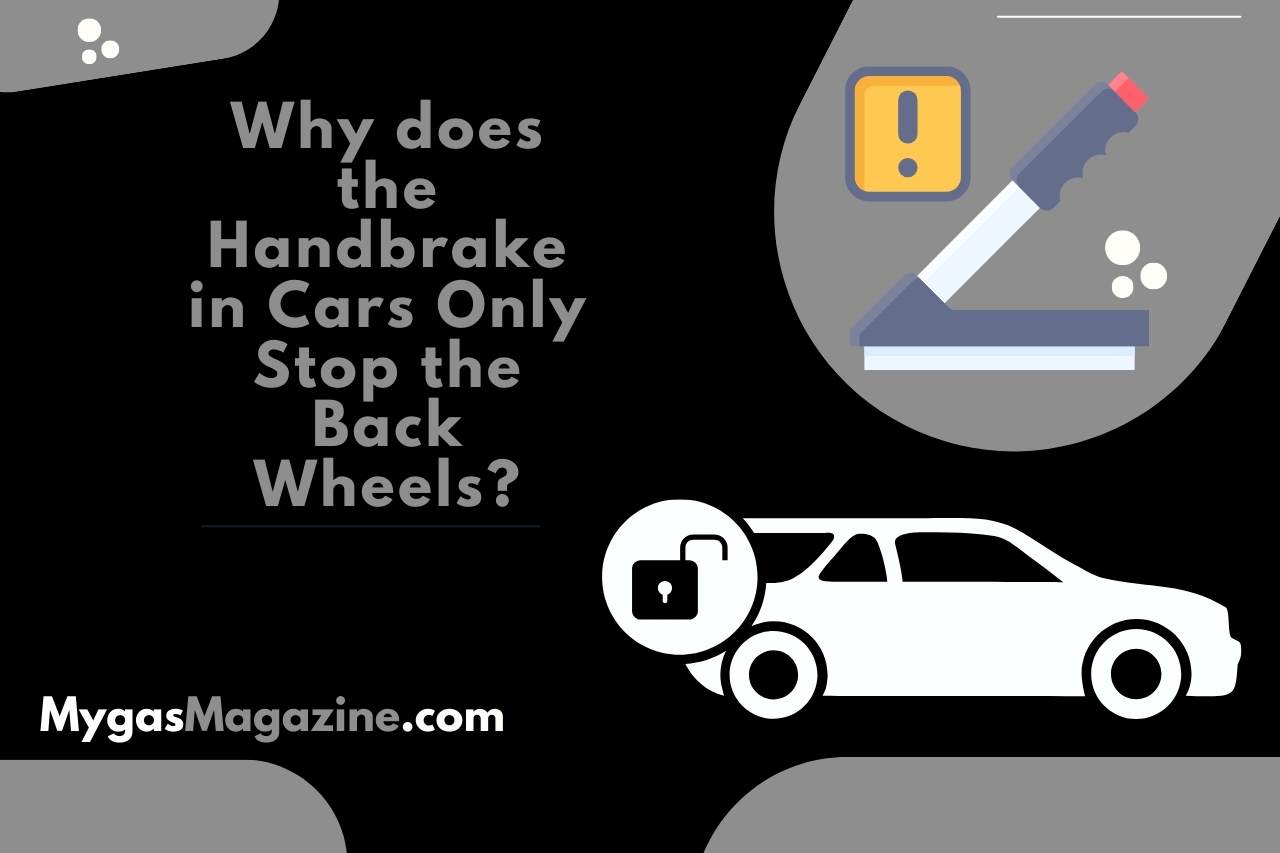Does Parking Brake Lock All Wheels? (Myths & Facts)
Does the parking brake lock all wheels? If you are an attentive driver, you might take this question into consideration. Indeed, unraveling the intricacies of this vital automotive feature unveils a mechanism designed to secure your vehicle with precision. As we delve into the query of whether the parking brake exerts control over all wheels, we’ll explore the nuanced engineering behind this essential safety component. From understanding the cable and lever mechanism to the specific wheels it influences, this discussion demystifies the parking brake’s functionality. So, get ready to gather some knowledge about your parking brake mechanism!
Does the Parking Brake Lock All Wheels?
No, the parking brake does not lock all wheels. Usually, the parking brake is applicable on the rear wheels of a vehicle, and the front wheels are not locked.
Thus, when the parking brake is on, you still have control over your steering. But in some older vehicles, all wheels are locked by the parking brake.
The parking brake, also known as the emergency brake, is a mechanical brake that is used to park the vehicle safely, as its name suggests. Basically, there is a pulling mechanism that pressurizes the rear wheels.
It is important to note that the parking brake should always be used in addition to placing the transmission in the “park” position
Which Wheels does the Parking Brake Control?
Majorly parking brake control rear wheels. But when engaged, it applies pressure to each wheel, preventing them from rotating. This feature enhances safety by securing the vehicle in a stationary position, especially on inclines or uneven surfaces.
The parking brake’s effectiveness lies in its ability to immobilize the entire set of wheels independently of the primary braking system.
This comprehensive control ensures a reliable means of preventing unintended movement, making it an integral part of responsible parking practices and contributing to overall vehicle safety.
Accordingly, understanding the scope of the parking brake’s control is crucial for drivers to utilize this feature effectively.

Why does the Handbrake in Cars Only Stop the Back Wheels?
The handbrake primarily controls the back wheels due to specific design and functionality reasons. The following list of reasons will clarify the handbrake’s mechanism further.
- Weight Distribution: Most of the vehicle’s weight is concentrated towards the front. Applying the handbrake to the rear wheels helps achieve more effective braking.
- Parking Efficiency: Controlling the rear wheels simplifies the parking process, providing stability and preventing the car from rolling during stationary periods. And the driver is still able to handle the steering wheel.
- Emergency Stops: In emergency situations, rear wheel braking can help prevent skidding, offering better control over the vehicle.
- Cost and Complexity: Designing a handbrake system for all wheels would increase complexity and cost, making rear-wheel control a practical choice.
- Regulatory Standards: Automotive safety standards often mandate sufficient braking efficiency, and rear wheel control meets these standards effectively. Thus, modern vehicles are designed according to this standard.
What is the Mechanism of a Parking Brake?
The mechanism of a parking brake primarily lies on a cable and lever. The cable connects the handbrake lever to the brake system. When the handbrake is engaged, the cable pulls on the brake system, applying pressure to the rear brakes.
This mechanism effectively locks the rear wheels, preventing the vehicle from moving. We have explained the entire procedure below so you will be able to get a thorough idea.
- Cable Connection: A cable connects the handbrake lever to the vehicle’s brake system.
- Handbrake Activation: Pulling the handbrake lever activates the mechanism.
- Pressure Application: Then, the cable applies pressure to the brake system.
- Rear Brake Engagement: Specifically, this pressure is directed to the rear brakes.
- Wheel Locking: The rear wheels are effectively locked, preventing any movement.
- Secure Stationary State: This mechanism guarantees a secure stationary position when the parking brake is engaged.
- Handbrake Release: Releasing the handbrake lever disengages the cable.
- Pressure Release: This action releases the pressure on the brakes so the wheels can be moved freely.
Watch this one,
Video Credits – CantLetHerDieDIY
You May Also Like
- How do I Reset Parking Brake Light? Demystifying Dashboard Lights
- How does a Caliper Parking Brake Work? Unveiling the Mechanics!
- How to Tell If Parking Brake is Stuck? Uncover the Mystery!
- Difference Between Park and Parking Brake – (Understanding Auto Lingo)
- When to Use Park Brake? Mastering the Art of Parking!
- Park Lights Come On When the Brake is Pressed – Understanding the Link!
- Brake Lamp Bulb Fault – Replacing a Faulty Brake Lamp Bulb!
- Park Brake Limited Function Service Required – Expert Tips for Maintenance!